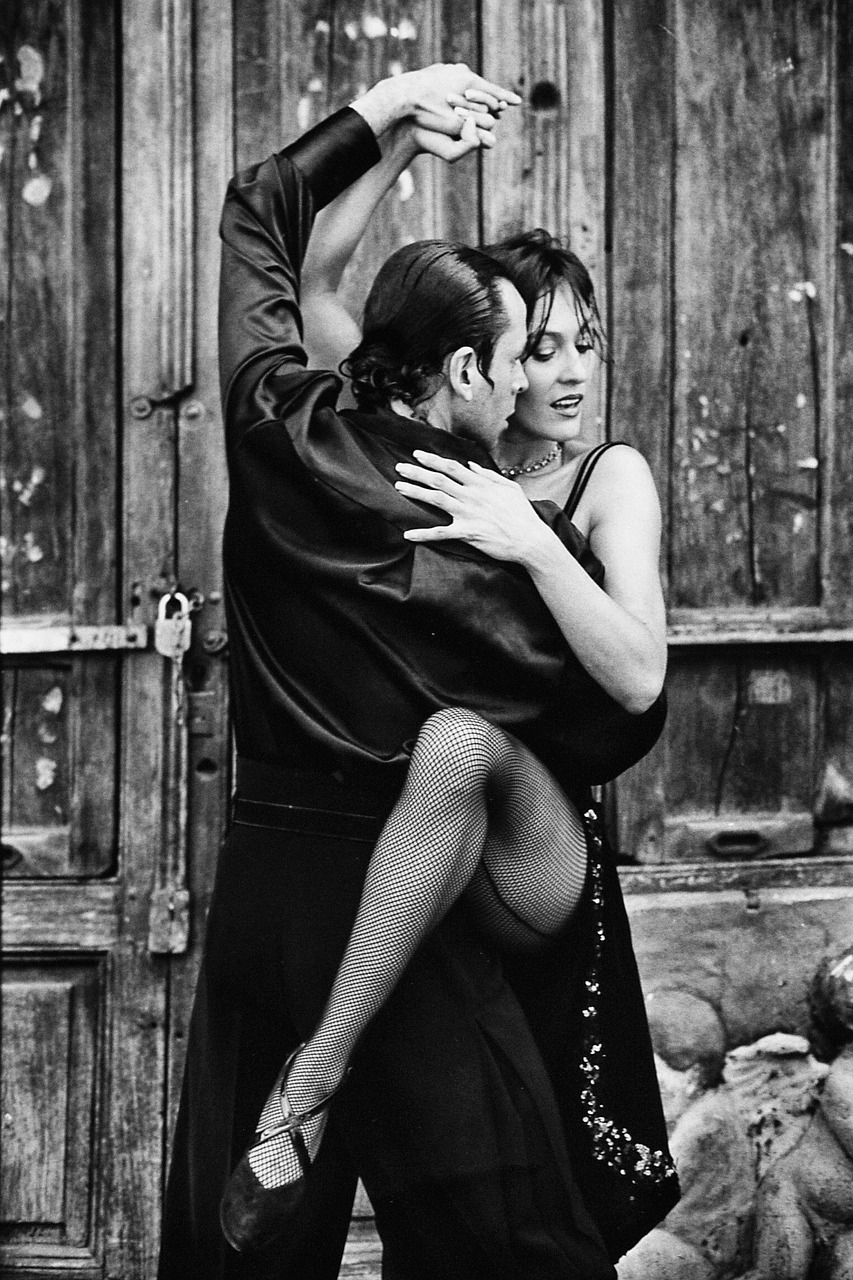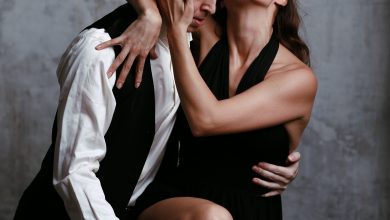What is a Milonguero?

A ‘Milonguero’ is a man who learnt to dance in the milongas often not taking any formal lessons. They would watch how the best tango dancers danced and then copied them so that they could then dance the argentine tango themselves. The birth of the “Milonguero” happened in the 25 year period between approximately 1930 and 1955 – the “Golden Age” of Tango. At that time, to be called a Milonguero wasn’t neccesarily a compliment. These men often did not take any classes from professional teachers frequently because they did not have the money for lessons. They learned informally at Milongas by watching other people dance, and trying to copy what they saw. Often they would compete with each other to perform the best argentine tango moves and sequences.
A milonguero is a man who spends a lot of time dancing argentine tango. The word comes from the term milonga, which is the name used for a tango dance event.
The term milonguero was first used in the 1870s to denote men who spent much of their social time dancing argentine tango of any style. Beginning in the early 20th century milonguero referred to men immersed in the tango culture in Buenos Aires, Argentina. A milonguero frequented dance halls, dancing to the three musical styles of tango: tango, milonga and vals. Milongueros were raised in the world of tango and revered the dance and its traditions. The term Milonguero was used by others to distinguish a skilled and courteous dancer.
However, until the beginning of the 1980s milonguero also could have a negative connotation, signaling a womanizer. Such womanizing milongueros would often visit milongas and cafes in downtown Buenos Aires where anonymity was more common than in the clubs of the barrios. The crowded nature of these milongas and the greater intimacy allowed by anonymity led to a close-embrace style of tango dancing. This was the motivation for Susana Miller to use the term “Milonguero Style” to denote the close embrace style dancing that became common in downtown milongas.
As a result, the term Milonguero changed to refer to frequent dancers during tango’s Golden Age of the 1930s and ’40s and lost its negative connotations. With the loss of the negative connotations there are more tango dancers who would nowadays be considered milongueros.
Milongueros nowadays generally dress conservatively, wearing a jacket or suit, dress shirt and often a tie. They do not talk with their partner during a song. They are acutely aware of other couples on the dance floor and they maintain the “line of dance” around the dance floor. The milonguero never bumps into or kick other dancers. Above all, he interprets the mood of the music with his tango dancing. He cherishes each musical pause as it comes, and he performs tango movements that coincide with musical phrases. He makes certain to lead his partner into movements that will show her in the best light; he does not show off his own skill to the detriment of his partner. He knows that if he makes the woman look good dancing then he looks good dancing.
However, too often the milonguero selects only skillful partners to dance with in order to maintain his reputation.
Many milongueros favor music of the “Golden Age” of tango, especially the rhythmic music of Juan D’Arienzo, the older rhythmic pulses of Francisco Lomuto, or the orchestrations of Carlos di Sarli. Many milongueros will not dance to a song sung by a female vocalist. Some take this preference even further and will not dance to any song containing lyrics. Modern tangos such as those by Astor Piazzolla are often avoided. Recordings produced before 1983 are preferred. Popular tango tunes from the Golden Age never fade for the milonguero.
In modern times, the feminine term Milonguera has been used to refer to a woman who is an avid tango dancer, one who goes out dancing as much as possible.


